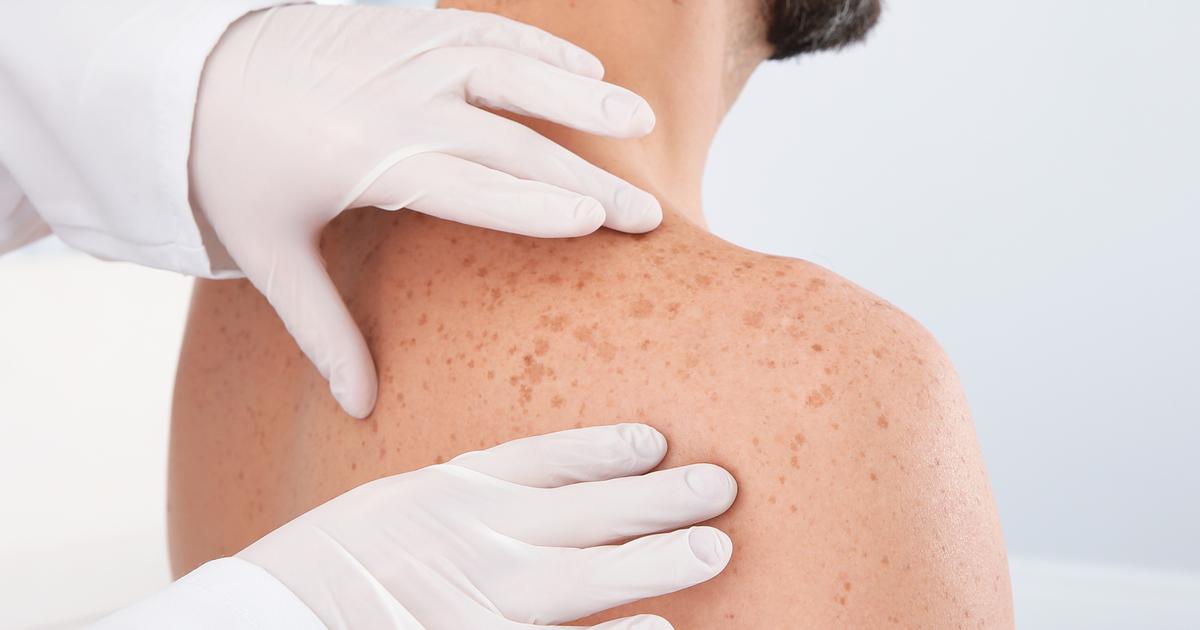What Is Dermatology?
Dermatology is a medical specialty that focuses on the treatment and management of skin conditions. This branch of medicine also treats conditions of the hair and nails, and it includes both surgical and non-surgical treatments. Dermatologists perform physical examinations, prescribe medications, administer injections, and perform surgery. They can treat a variety of concerns, including skin cancer, dry skin, cysts, hair loss, and scars.
Dermatologists have a minimum of twelve years of training, and some dermatologists may choose to specialize in the treatment of pediatric patients. Other dermatologists specialize in Mohs surgery, an operation designed to remove skin cancer, and dermatologists can also specialize in dermatopathology, a discipline that uses microscopic investigation to diagnose skin diseases.
Dermatologist Qualifications

Dermatologists are fully qualified medical doctors, and they complete at least twelve years of formal medical training. After attending college for four years, prospective dermatologists graduate with a bachelor's degree. Then, they attend four years of medical school to earn their medical degree (M.D.). This is followed by a year-long internship, and dermatologists also complete a residency program of at least three years. The residency program involves intensive specialization in dermatology, and residents complete at least twelve to sixteen thousand hours of training alongside experienced doctors.
After completing the residency program, some dermatologists may choose to have another period of advanced training in specific dermatological issues; this is known as fellowship training. Dermatologists who have completed their residency can also choose to complete a board certification exam. The exam is given by the American Board of Dermatology, and it covers the knowledge and skills the dermatologist has learned during their years of study. If the candidate successfully passes the exam, they are considered a board-certified dermatologist. This designation is highly regarded in the field.
What Conditions Dermatology Treats

Dermatologists treat more than three thousand different skin, hair, and nail conditions. They treat issues such as dry skin, acne, rashes, and eczema, and they also help in the treatment of warts, moles, birthmarks, and hemangiomas. Skin cancer is a major area of treatment for many dermatologists, and they are trained to identify precancerous and cancerous lesions that need removal. Additionally, dermatologists help patients with healing scars after surgery, and they assist individuals coping with itchy skin or allergies that affect the skin.
In terms of hair, dermatologists are trained to evaluate and treat hair loss, and they are licensed to perform laser hair removal for unwanted hair. Dermatologists also treat other hair conditions such as dandruff. For nail complaints, these medical professionals help in the treatment of fungal infections and other changes to the nails. In addition to their medical work, dermatologists treat several cosmetic concerns. For example, they regularly perform laser removal of tattoos, and they treat fine lines and wrinkles as well.
